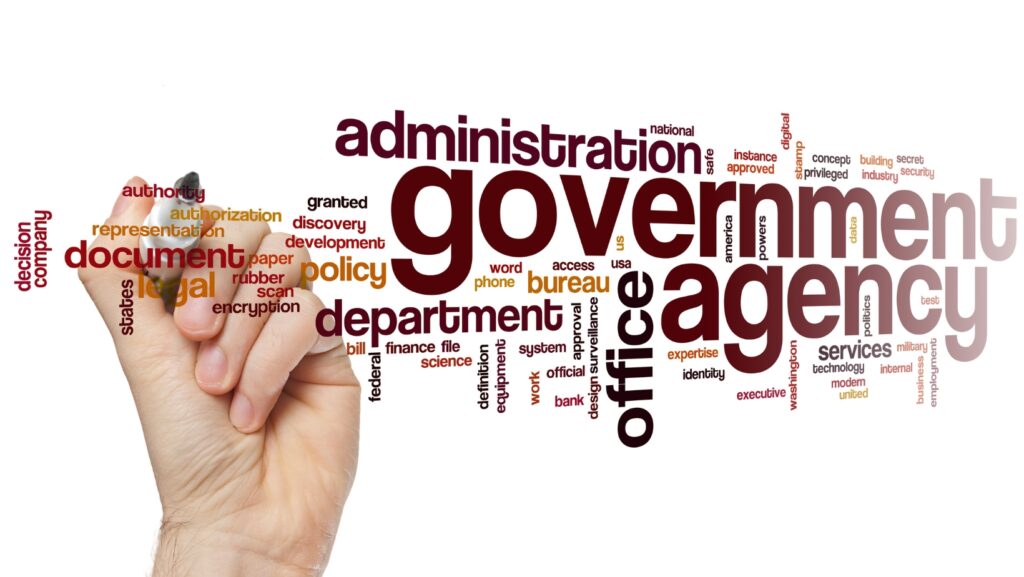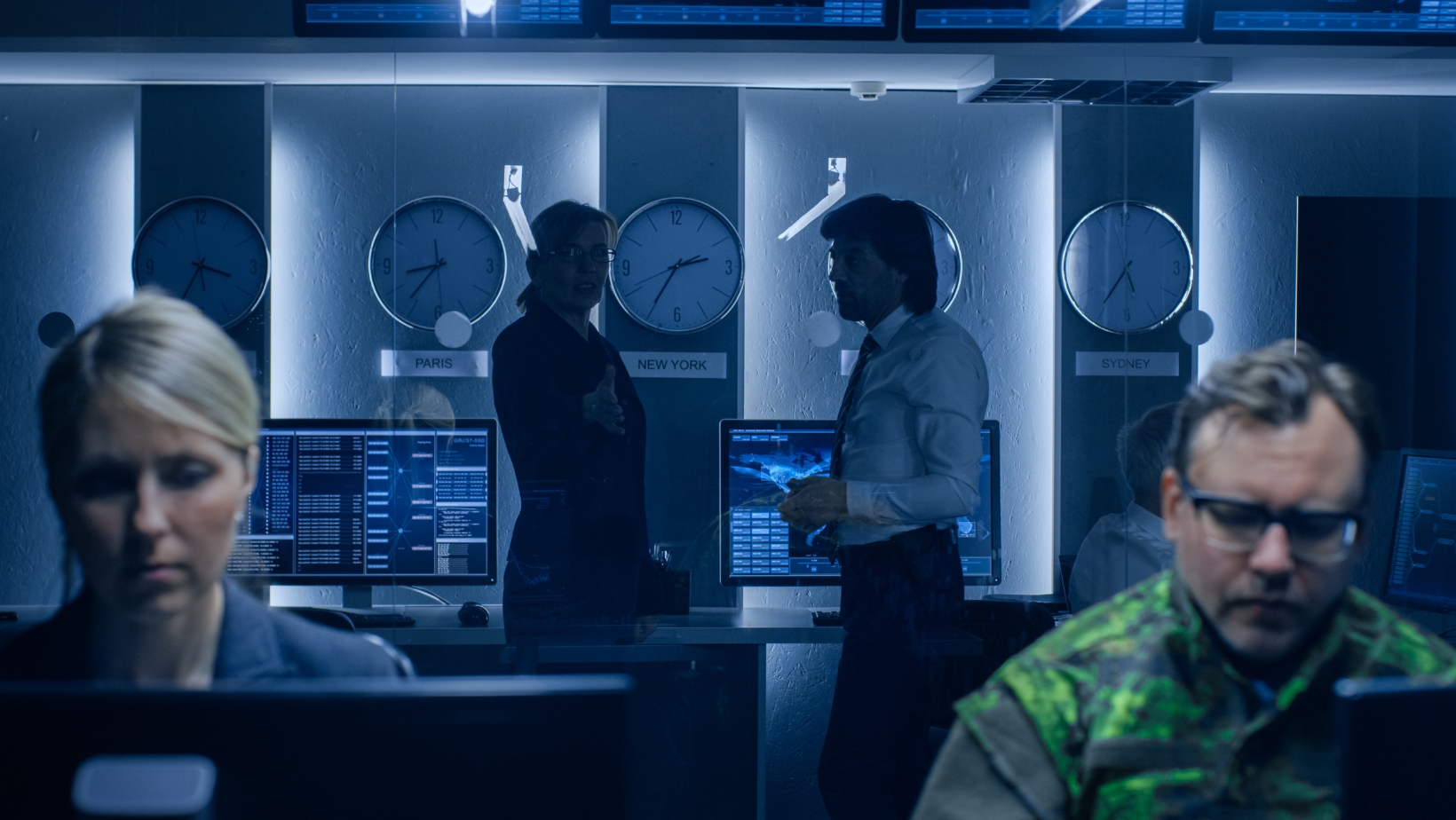
Who Holds the Key to Success and Which Functional Group Has The Major Responsibility For Countering a Specific Movement?
As an expert blogger with years of experience, I have delved into the topic of countering movements and the responsibility that falls on different groups. In this article, I will explore the question of which group is responsible for countering movements and provide insights based on my research and expertise. Countering movements requires a collective effort, but it is essential to identify the primary group responsible for taking action. Join me as we delve into this intriguing topic and uncover the key players in countering movements.
Which Functional Group Has The Major Responsibility For Countering a Specific Movement?
Government Agencies
Government agencies play a crucial role in countering movements and have a major responsibility in this regard. They have the authority, resources, and jurisdiction to address and mitigate the impact of various movements. Some key responsibilities of government agencies include:
- Enforcement of Laws: Government agencies, such as law enforcement and regulatory bodies, are responsible for upholding and enforcing laws that address the activities and influence of movements. They work to identify and apprehend individuals or groups involved in illegal activities, ensuring that justice is served.
- Policy Development and Implementation: Government agencies develop and implement policies and initiatives to counter the influence of movements. This includes creating regulations, guidelines, and strategies that promote inclusivity, equality, and social cohesion. By focusing on prevention and intervention, government agencies aim to mitigate the impact of movements on society.
- Coordination and Collaboration: Government agencies collaborate with other groups and stakeholders, such as NGOs, CBOs, and community leaders, to ensure a coordinated and comprehensive approach to countering movements. By fostering partnerships and sharing information, they can effectively address the root causes and drivers of movements.
Non-governmental Organizations (NGOs)
NGOs also play a significant role in countering movements and have a major responsibility in this area. These organizations are driven by a specific mission and typically operate independently from government agencies. Some key responsibilities of NGOs include:
- Advocacy and Awareness: NGOs raise awareness about the impact of movements and advocate for policies and actions that counter their influence. They work to engage the public, policymakers, and other stakeholders through campaigns, education, and outreach programs.
- Support and Rehabilitation: NGOs provide support and rehabilitation services to individuals affected by movements. This includes offering counseling, education, and job training to help reintegrate individuals into society and prevent further recruitment or involvement in movements.
- Research and Analysis: NGOs conduct research and analysis to better understand the root causes, drivers, and impacts of movements. By gathering data and evidence, they contribute to the development of effective strategies and policies to counter the influence of movements.
Community-based Organizations (CBOs)
CBOs are grassroots organizations that operate at the community level and have a unique role in countering movements. They are often deeply connected to the communities they serve and have a deep understanding of their needs and challenges. Some key responsibilities of CBOs include:
- Community Engagement: CBOs actively engage with community members to build trust, foster dialogue, and promote social cohesion. They work to create inclusive spaces where individuals can voice their concerns, share experiences, and work together to address the issues that contribute to the rise of movements.
- Capacity Building: CBOs provide training, skills development, and resources to community members to empower them to counter the influence of movements. By equipping individuals with knowledge and tools, CBOs strengthen the community’s ability to resist recruitment and extremist ideologies.
- Local Initiatives: CBOs develop and implement local initiatives that address the root causes and drivers of movements. These initiatives can range from educational programs to economic development projects, aiming to provide alternatives and opportunities for individuals susceptible to the influence of movements.

Challenges Faced in Countering Movement
Lack of International Cooperation
One of the major challenges in countering movements is the lack of international cooperation. Government agencies, non-governmental organizations (NGOs), and community-based organizations (CBOs) often face difficulties in collaborating and sharing information across borders. This lack of cooperation hinders the ability to effectively address the influence and impact of movements that operate globally.
Funding and Resource Constraints
Another significant challenge in countering movements is the issue of funding and resource constraints. Government agencies, NGOs, and CBOs require adequate financial resources and support to implement effective countermeasures. However, limited funding and resources can hamper their ability to carry out their responsibilities. Insufficient funding may lead to a lack of personnel, technological tools, and training, making it difficult to effectively counter the strategies and tactics employed by movements.
Countering movements requires a coordinated effort from various groups. The challenges faced, such as the lack of international cooperation, funding and resource constraints, and radicalization and recruitment tactics, highlight the complexity of this task. It is essential for government agencies, NGOs, and CBOs to work together, share information, and allocate resources effectively to address and mitigate the influence and impact of movements.





